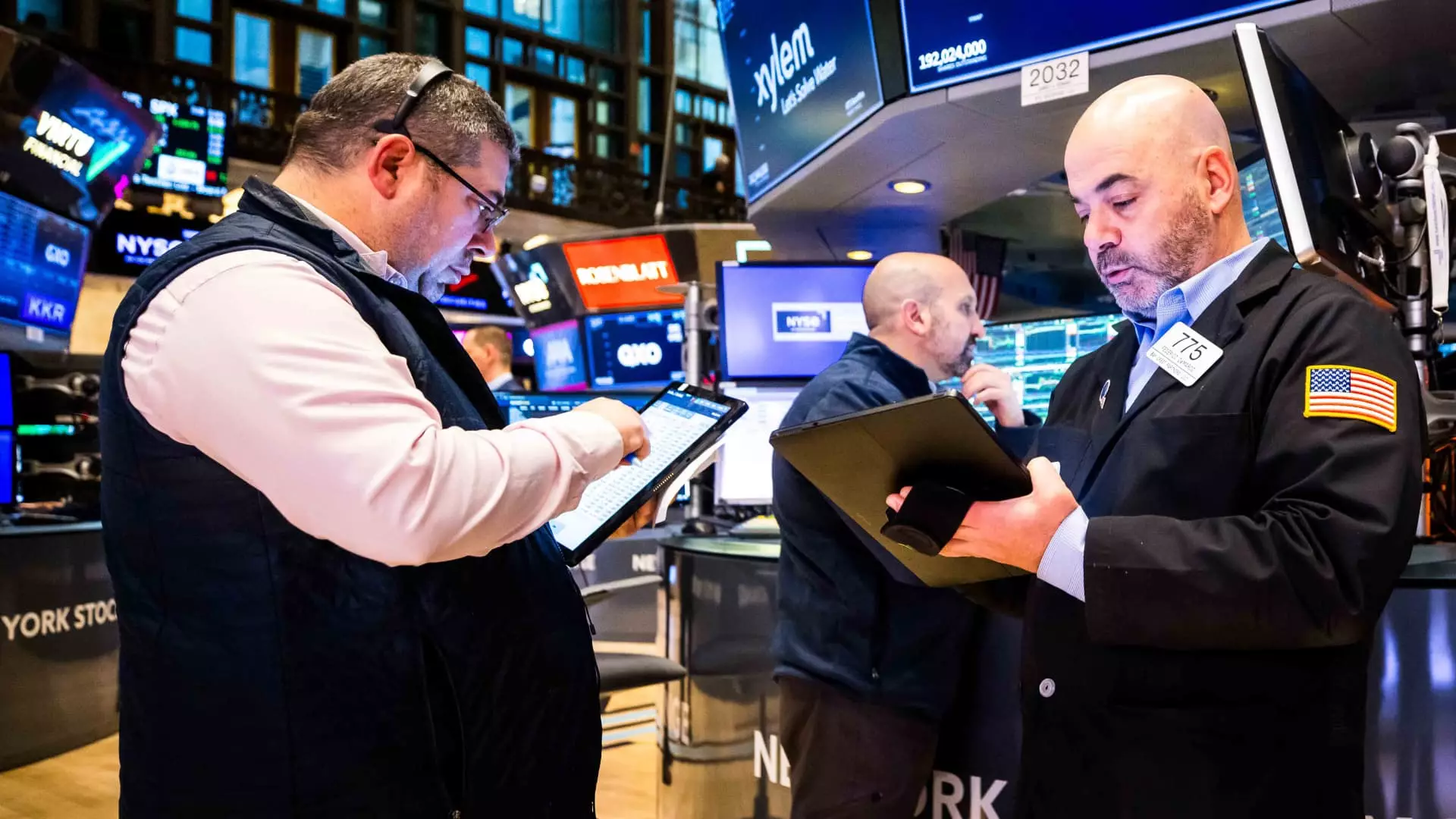The notion that successful stock picking is a straightforward endeavor is enticing but fundamentally misleading. Contrary to popular belief, navigating the stock market with a focus on individual stock selection is fraught with difficulties. Reports by S&P Global indicate that a staggering 73% of active fund managers fail to outperform their benchmarks even in the short span of a year. The numbers worsen over time – after five years, that figure soars to 95.5%, with a remarkable revelation that after 15 years, it seems virtually no active manager can sustain superior performance. This disheartening reality prompts an examination of the ongoing implications for both investors and professionals within the financial landscape.
Veteran investment expert Charles Ellis offers a compelling perspective on this predicament, asserting that the increasing influx of talent into active management sectors creates an environment of fierce competition where differentiation becomes exceedingly difficult. With the industry seeming “overloaded” in terms of talent, it raises a critical question: what drives individuals to pursue a path in active management when success seems so elusive? The lure of high pay, coupled with the excitement of engaging with the markets, continues to attract newcomers, thereby perpetuating a cycle that may ultimately stifle individual performance.
Interestingly, despite the challenges previously outlined, active management is not on the verge of extinction. ETF industry specialist Dave Nadig highlighted a robust 2022 characterized by unprecedented inflows into active management. While such figures seem promising, they pale in comparison to the colossal flows directed towards index funds and exchange-traded funds (ETFs). This divergence underscores a significant trend in the market: the growing preference among individual investors for passive investment strategies. These vehicles allow investors to partake in broad, diversified exposure with minimal fees, presenting a stark contrast to the complexities tied to active management.
Ellis brings to the forefront a crucial concern regarding the rapid growth of the ETF market. As more products flood the market, there is an increasing risk that certain offerings may prioritize salesmanship over genuine investor needs. His warning focuses particularly on niche ETFs that could distort investors’ portfolios due to their excessive specialization. Moreover, leveraged ETFs, which promise significant returns, simultaneously carry the risk of equally substantial losses. This duality poses a unique challenge for investors who may not fully grasp the implications of their investments.
Amidst these pressing concerns, Nadig opines that technology serves as a double-edged sword in modern markets. While it democratizes access to sophisticated tools and data for all players, it simultaneously saturates the market with similar strategies. This abundance nullifies the competitive advantages that individual active managers might have traditionally enjoyed. Consequently, the landscape resembles a game of poker with all participants revealing their hands, complicating the pursuit of an edge among stock pickers.
The interplay between the advancements in technology and the collective capabilities of active managers presents an intriguing paradox. As successful stock picking becomes a common aspiration, the ironic reality emerges that the very proficiency of active managers cancels out their advantages. Therefore, it begs contemplation on whether active management strategies can remain viable in a landscape where information is readily accessible, and competition is fierce.
While the thrill of stock picking continues to lure investors and financing professionals alike, the statistics illustrate a sobering truth: success is far from guaranteed. For everyday investors navigating this complex landscape, the prevailing wisdom may lean towards a consideration of passive investment strategies as a more prudent alternative. A careful examination of index funds and broader market exposure through ETFs may well lead to a more stable investment experience devoid of the pitfalls often associated with active management.

